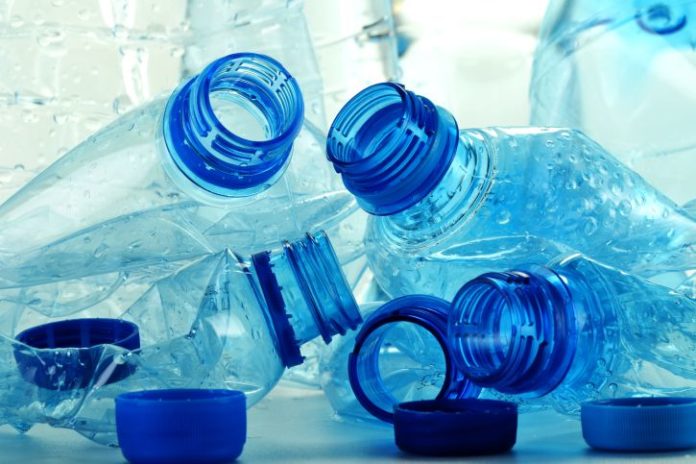In a nationally representative sample of nearly 3,000 children and adolescents, those who had higher concentrations of urinary bisphenol A (BPA), a manufactured chemical found in consumer products, had significantly increased odds of being obese, according to a study in the September 19 issue of JAMA, and theme issue on obesity.
Leonardo Trasande, M.D., M.P.P., of the NYU School of Medicine, New York City, presented the findings of the study at a JAMA media briefing.
“In the U.S. population, exposure [to BPA] is nearly ubiquitous, with 92.6 percent of persons 6 years or older identified in the 2003-2004 National Health and Nutrition Examination Survey (NHANES) as having detectable BPA levels in their urine. A comprehensive, cross-sectional study of dust, indoor and outdoor air, and solid and liquid food in preschool-aged children suggested that dietary sources constitute 99 percent of BPA exposure,” according to background information in the article. “In experimental studies, BPA exposure has been shown to disrupt multiple metabolic mechanisms, suggesting that it may increase body mass in environmentally relevant doses and therefore contribute to obesity in humans.” BPA exposure is plausibly linked to childhood obesity, but evidence is lacking.
Dr. Trasande and colleagues conducted a study to examine association between urinary BPA concentrations and body mass in children. The study consisted of a cross-sectional analysis of a nationally representative subsample of 2,838 participants, ages 6 through 19 years, randomly selected for measurement of urinary BPA concentration in the 2003-2008 National Health and Nutrition Examination Surveys. Body mass index (BMI), converted to sex- and age-standardized z scores (indicates how many units [of the standard deviation] a child’s BMI is above or below the average BMI value for their age group and sex) was used to classify participants as overweight (BMI 85th percentile or greater for age/sex) or obese (BMI 95th percentile or greater). The median (midpoint) urinary BPA concentration for participants in the study was 2.8 ng/mL. The prevalence of obesity was 17.8 percent (n = 590), and overweight 34.1 percent (n = 1,047). The BPA concentrations of the participants were divided into quartiles (four groups). Controlling for race/ethnicity, age, caregiver education, poverty to income ratio, sex, serum cotinine level, caloric intake, television watching, and urinary creatinine level, children in the lowest urinary BPA quartile had a lower estimated prevalence of obesity (10.3 percent) than those in quartiles 2 (20.1 percent), 3 (19.0 percent), and 4 (22.3 percent). Compared with the first quartile, participants in the third quartile had approximately twice the odds for obesity. Participants in the fourth quartile had a 2.6 higher odds of obesity.
Further analyses showed this association to be statistically significant in only 1 racial subpopulation, white children and adolescents. The researchers also found that obesity was not associated with exposure to other environmental phenols commonly used in other consumer products, such as sunscreens and soaps.
“To our knowledge, this is the first report of an association of an environmental chemical exposure with childhood obesity in a nationally representative sample,” the authors write.
The researchers note that advocates and policy makers have long been concerned about BPA exposure. “We note the recent FDA ban of BPA in baby bottles and sippy cups, yet our findings raise questions about exposure to BPA in consumer products used by older children. Last year, the FDA declined to ban BPA in aluminum cans and other food packaging, announcing ‘reasonable steps to reduce human exposure to BPA in the human food supply’ and noting that it will continue to consider evidence on the safety of the chemical. Carefully conducted longitudinal studies that assess the associations identified here will yield evidence many years in the future.”
Source: JAMA











